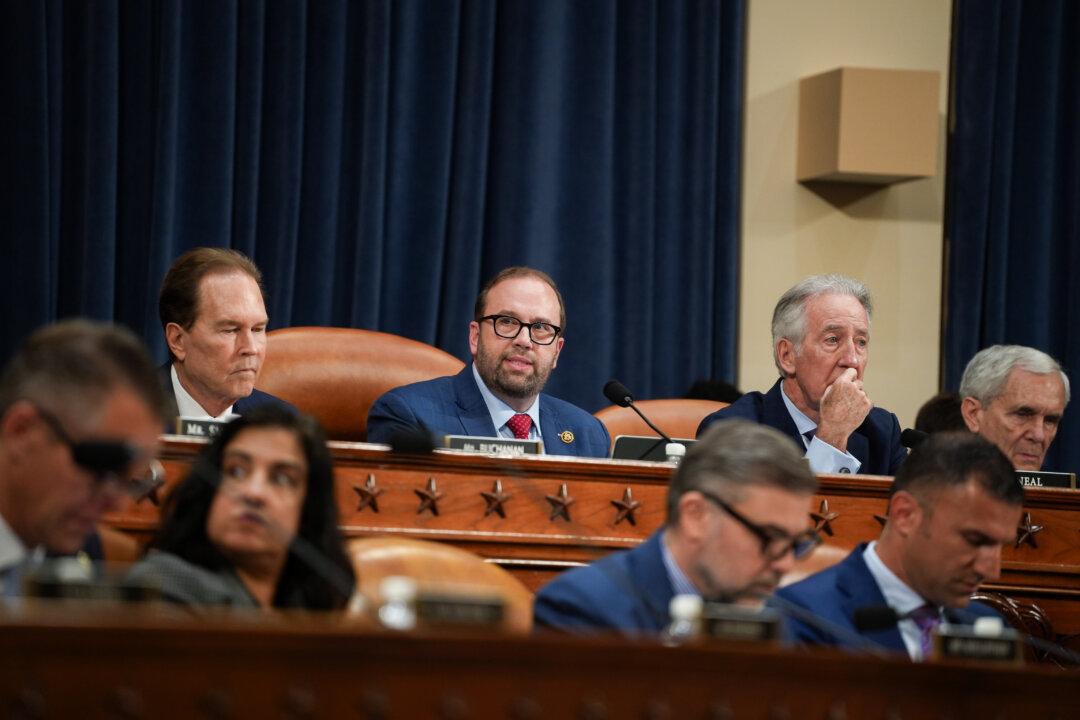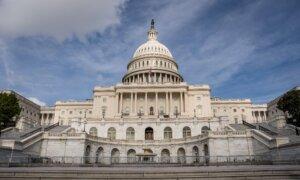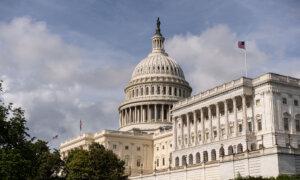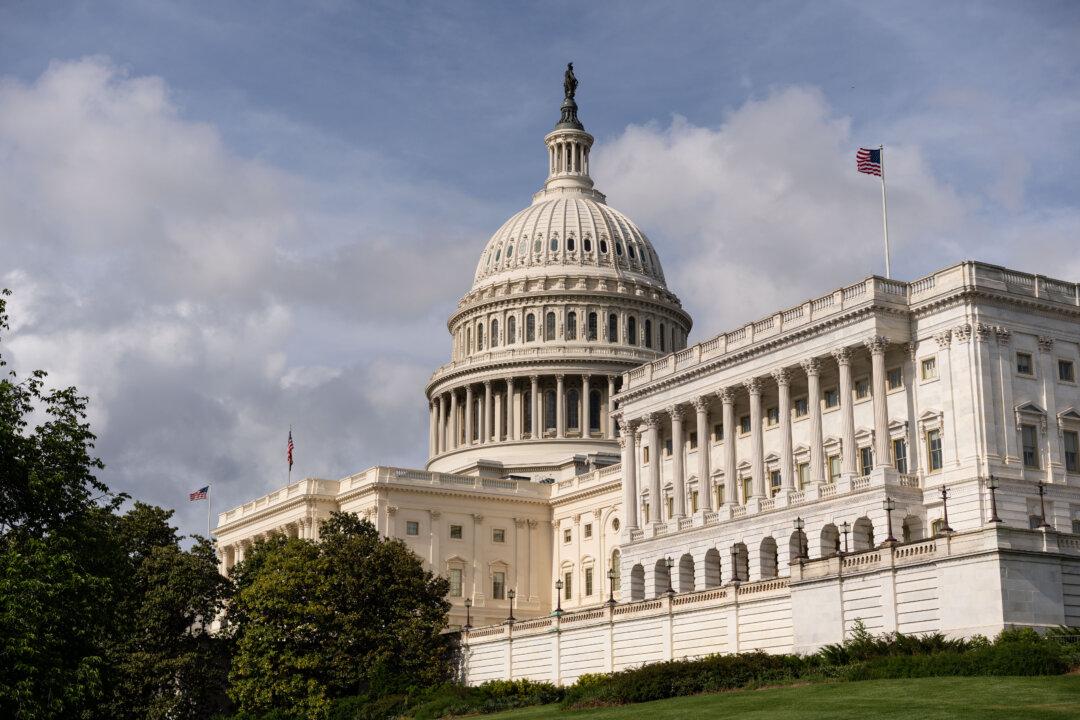It was markup day for the tax-writing House Ways and Means Committee on May 13—one day after Republicans released the full text of their long-awaited tax legislation—as lawmakers on both sides of the aisle engaged in testy exchanges.
The committee pushed the bill forward overnight, passing it along party lines with a 26–19 vote.
Republican leaders say the oft-hyped “one, big, beautiful bill” will protect U.S. households from a massive tax hike and bolster take-home pay, create jobs, and stimulate the economy.
“With today’s committee meeting, relief is finally on the way for working families, waitresses, mechanics, nurses, farmers, and Americans all across this country who have been hammered by four years of Biden’s 21 percent inflation tax,” House Ways and Means Committee Chair Jason Smith (R-Mo.) said in a statement ahead of the markup hearing.
“The bill delivers what Americans voted for, tax policies that put working families first, and kick starts a new golden era of American prosperity and strength.”
Democrats, including Rep. Lloyd Doggett (D-Texas), said that the bill advancing the president’s priorities will be skewed toward wealthy Americans and worsen the federal government’s fiscal position.
“It looks to me like we are providing, under the Republican bill, the average tax cut for a taxpayer who’s making more than a $1 million a year, somebody who’s pretty comfortable in our society ... they get 310 times the average tax cut [that] taxpayers making less than $50,000 a year [get],” Doggett said.
“I don’t call that prioritizing the working class, wherever you came from, prioritizing the people who are out there providing the services that make America go.”
Rep. Jimmy Gomez (D-Calif.) also issued blistering attacks on the tax bill’s provisions.
“You all want to tout a tax plan that increases taxes on people making under $30,000 a year, the folks that are struggling? And then cutting their Medicaid on top of that?” he said.
“But yet, you want people to have more babies. That’s the most insulting thing I ever heard in my life.”
A core component of the legislation, which proposes cutting taxes by more than $4 trillion and reducing spending by $1.5 trillion over a decade, is permanently extending the lower income tax rates of the 2017 Tax Cuts and Jobs Act.
The tax plan raises the state and local tax (SALT) deduction limit to $30,000 from $10,000 for households earning less than $400,000.
The bill also fulfills some of the president’s campaign promises, including boosting the popular Child Tax Credit, eliminating taxes on overtime pay and tips, and making interest on loans for American-made cars fully tax-deductible.
Estimating the Dollars and Cents
Before the committee hearing, the Joint Committee on Taxation (JCT), a nonpartisan committee of the U.S. Congress, released its estimates of the legislation.In addition, the JCT published distributional tables to determine how much benefit taxpayers will receive.
JCT officials calculated that, on average, individuals earning under $15,000 would see their tax rate rise by 0.8 percent. Average tax rates for individuals making $15,000 to $30,000 and $30,000 to $40,000 would decrease by 0.6 percent and 1.2 percent, respectively.
Those making $1 million or more would observe an average tax rate decrease of 2.8 percent.
As the U.S. government borrows more to offset revenue losses, private investment may shrink, potentially dampening economic growth prospects.
Higher debt-servicing costs would also produce the same adverse effects, Barthold noted.
“The growth of interest payments ... there is a cost to the federal government. They potentially crowd out other items that members might think are worthy, in terms of fiscal activities,” Barthold told lawmakers.
House Budget Committee Chair Rep. Jodey Arrington (R-Texas) questioned the scoring measurements employed by federal entities, which usually assume 2 percent.
He pointed out that the annual average growth rate over the past 50 years has typically been above 2 percent.
Other economists and policy organizations, meanwhile, have started releasing their views on the fiscal and economic impact of the legislation.
“In isolation and including interest, the Ways & Means proposal would add about $4.6 trillion to debt in 2034 as written and $6.2 trillion to the debt with extensions,” the report said.
“That would boost debt from nearly 100 percent of GDP today and 117 percent of GDP in 2034, under current law, to 128 percent of GDP under the bill as written and 132 percent of GDP if made permanent.”
However, on the fiscal side, the foundation noted, the bill would lower federal tax revenues by $4 trillion from 2025–2034 “on a conventional basis before added interest costs.”
The group’s economists also noted that extending the Tax Cuts and Jobs Act provisions would prevent tax increases for 62 percent of taxpayers.
The bill is currently a draft, and the provisions are subject to revision.







